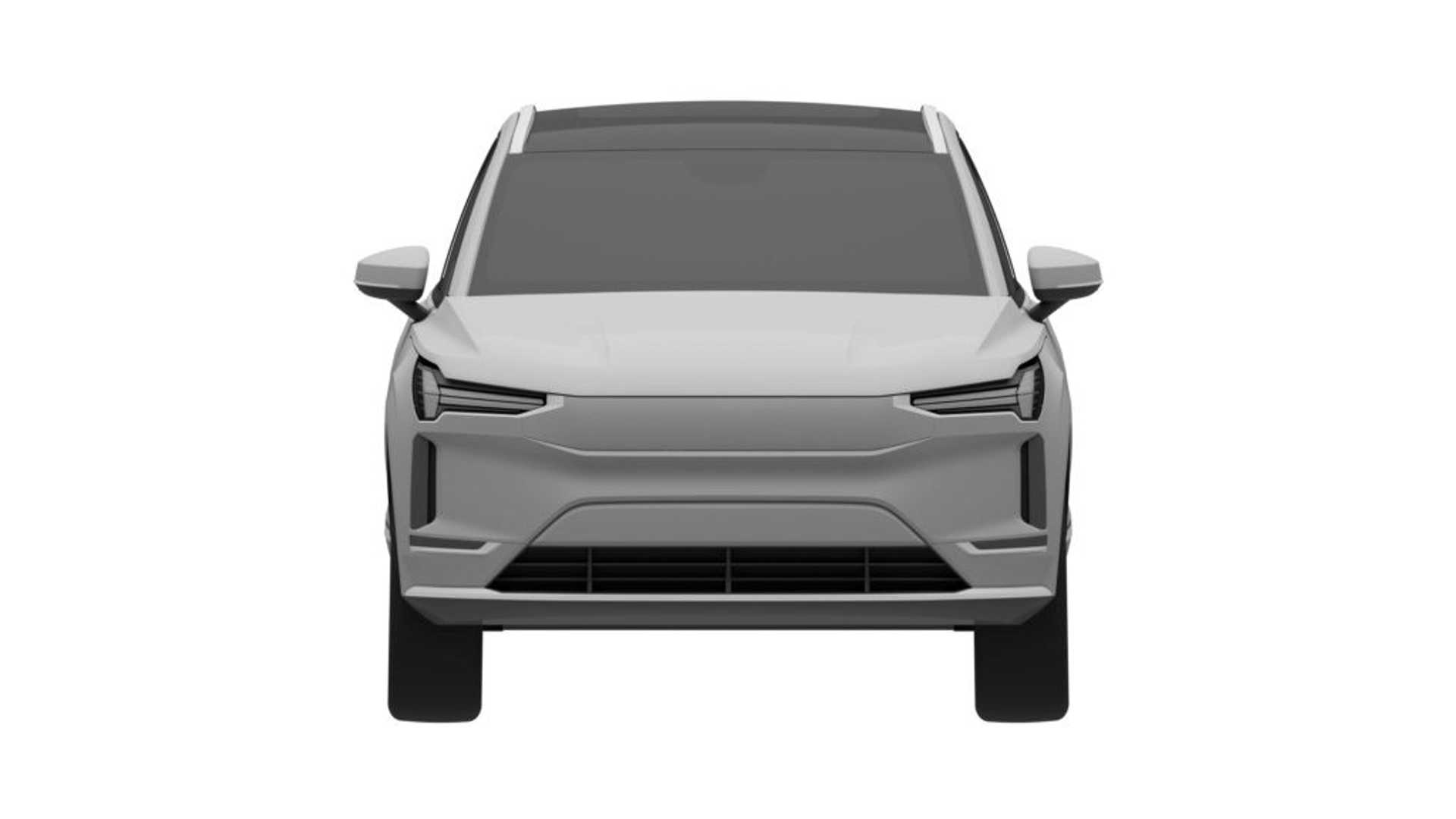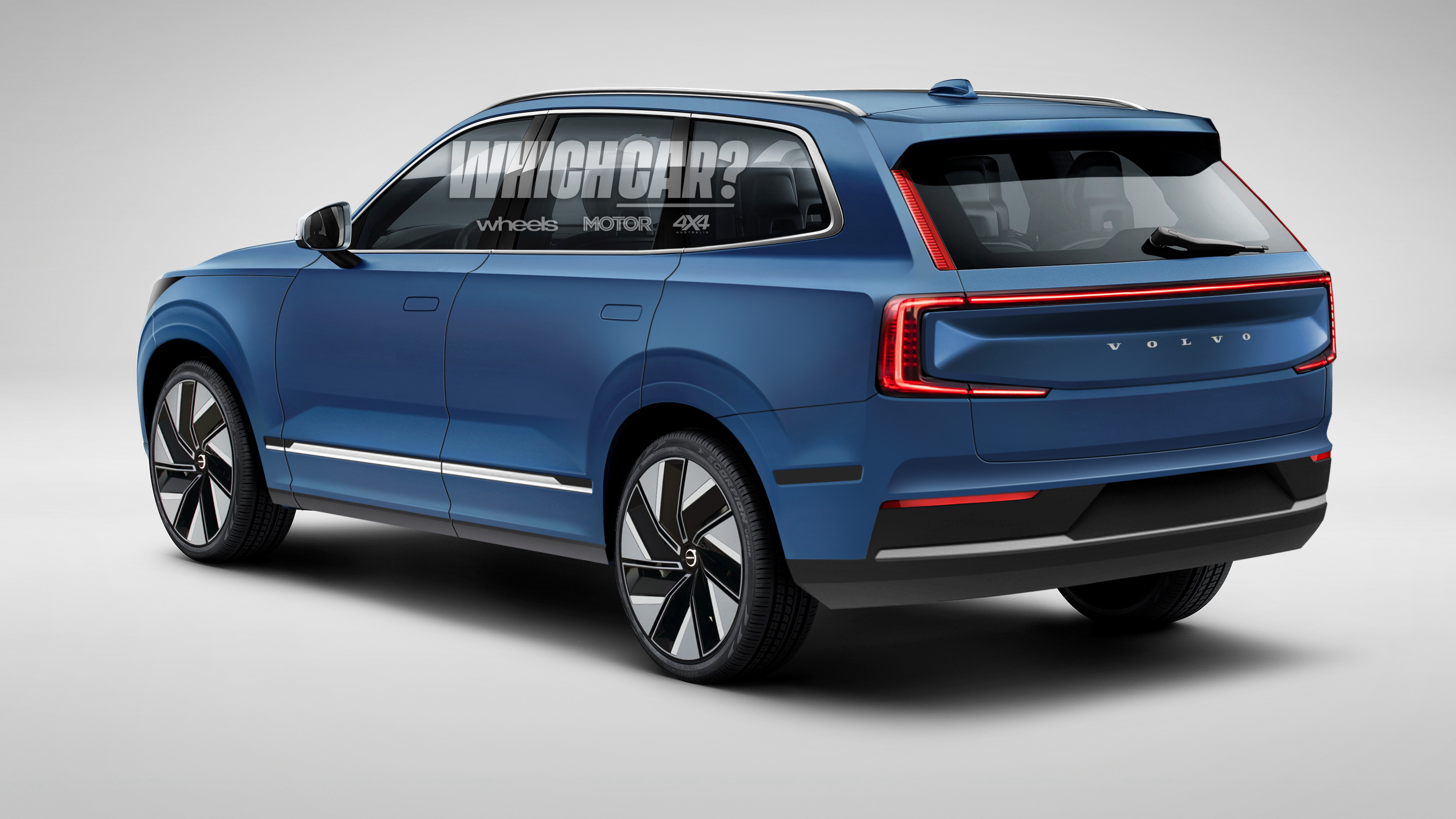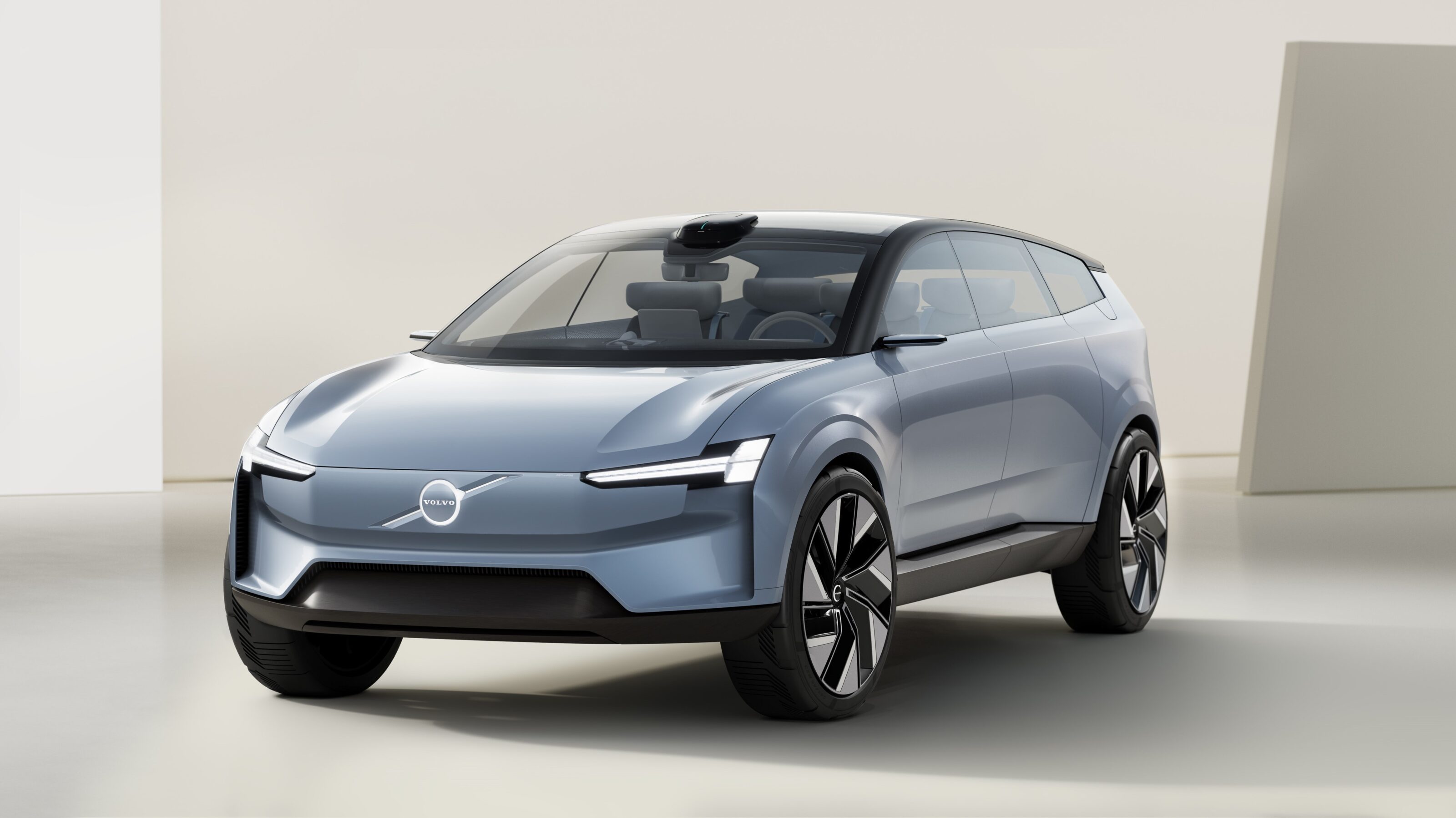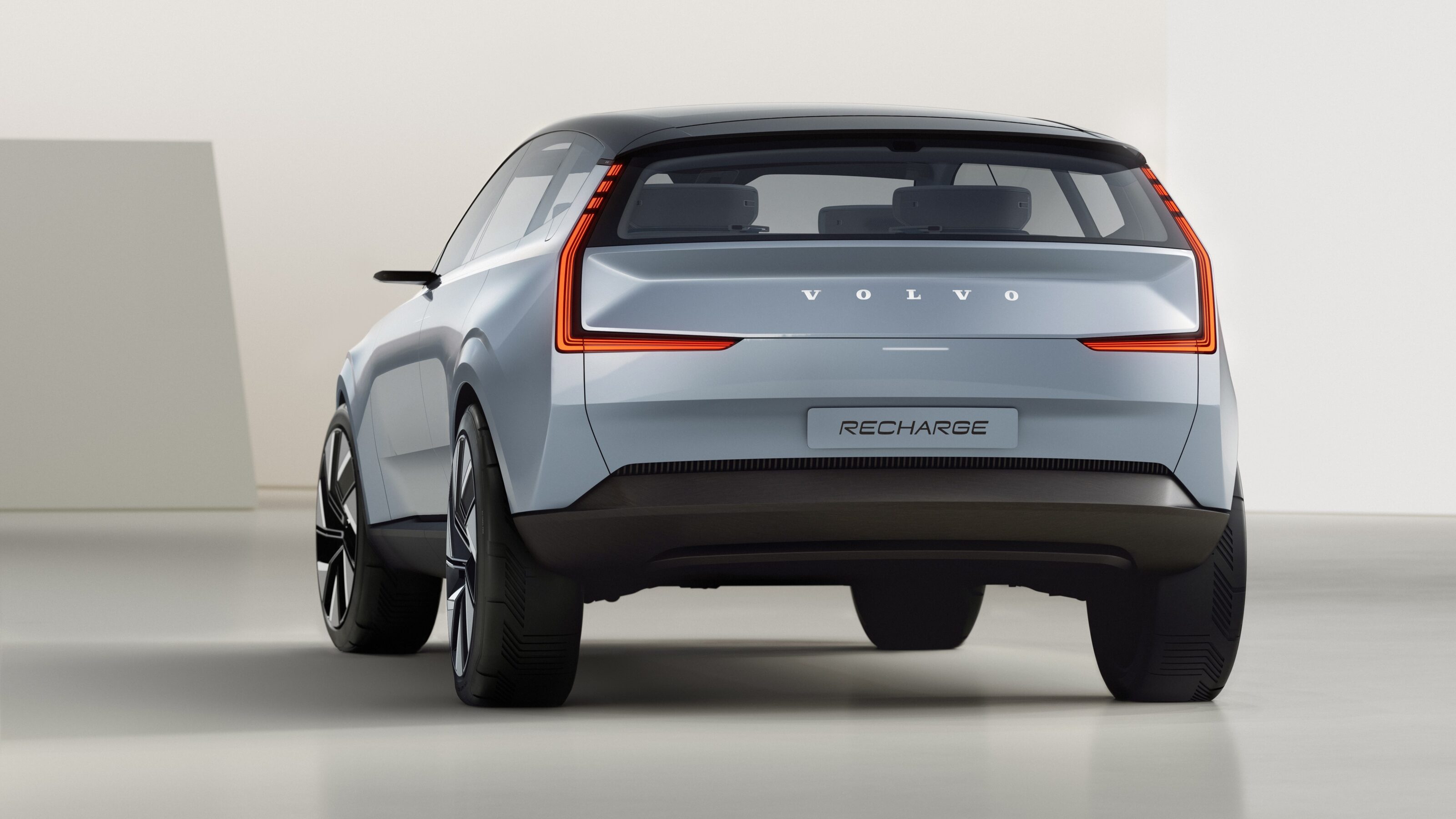
Snapshot
- Electric EXC90 likely to be sold alongside XC90
- Full details still to be confirmed
- Australian timing unclear
The upcoming all-electric replacement for the Volvo XC90 has surfaced online, thanks to a set of design patent images published in the European press.
Full details on the new model are still to be made official, although it’s known Volvo has trademarked the clever name EXC90 – which, while still pronounceable as XC90, will likely be marketed with the letters pronounced separately.

The new naming follows comments from Volvo boss Hakan Samuelsson in 2021, who said retaining the standard XC90 name for this new model “would be wrong because this is really a first of its kind”.
The decision is likely a practical one, because Volvo will need to continue selling regular ICE and hybrid versions of the XC90 in markets where the company cannot so quickly roll into its plan to go all-electric by 2030.
Indeed, it’s likely the EXC90 will be sold alongside a facelifted XC90 for sometime, before the brand drops its ICE models in Europe.
Reports also suggest we can expect Volvo to use the name ‘Embla’ in its strategy for replacing the XC90, although this too has yet to be confirmed.

Working off the plain design patent images, our mate Theo Throttle has produced two renderings of how the EXC90 could look in its final production form.
Interestingly, the design of this new model, while largely familiar, sees Volvo reduce the prominence of the rear pillar lights that have been part of its SUV and wagon look for decades.
Instead, we see main rear lighting that has more in common with Volvo’s sedans and the spinoff Polestar range.

Depending on when it launches, the EXC90 will be one of only a few full-size family electric SUVs on offer, alongside models like the Tesla Model X and the Rivian R1S – neither of which can be ordered in Australia right now.
The Mercedes-Benz EQS SUV will stand out as another obvious rival to the EXC90, depending on the Volvo’s price point. The Merc will have a headstart on Volvo, with an Australian launch planned for the first half of 2023.
Watch for the EXC90 to be revealed in the coming months, and get more Volvo news at the links below
Below: the Volvo Concept Recharge concept






